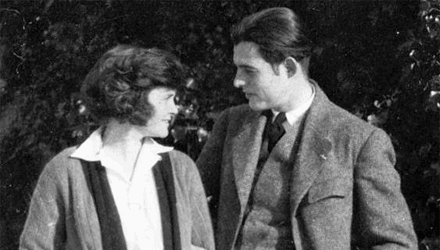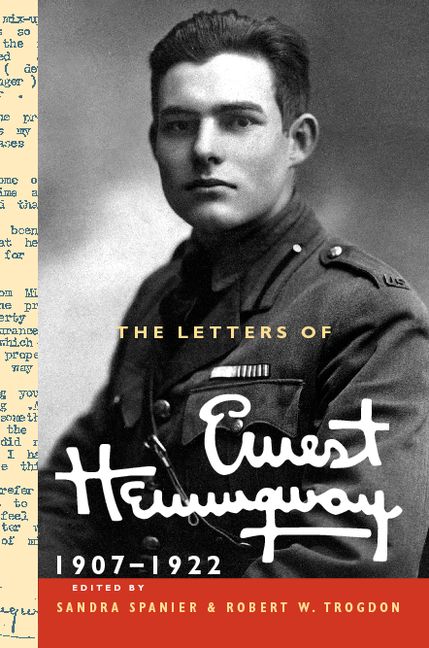
 Although Hemingway was a diligent correspondent, with thousands of his letters in libraries and private collections around the world, few of his letters to the women in his life have survived. But we can get a glimpse of the ardor in his early relationship in The Letters of Ernest Hemingway, Volume 1: 1907-1922.
Although Hemingway was a diligent correspondent, with thousands of his letters in libraries and private collections around the world, few of his letters to the women in his life have survived. But we can get a glimpse of the ardor in his early relationship in The Letters of Ernest Hemingway, Volume 1: 1907-1922.
One of Hemingway’s earliest romantic correspondences was with Agnes von Kurowsky, the nurse who served at the American Red Cross hospital in Milan. An ambulance driver in World War I, Hemingway was wounded and sent to the hospital in 1918, when he met and began courting Agnes.
Hemingway’s letters to friends and family during this period display his overwhelming affection for Agnes. Although he wrote to his mother saying he wasn’t planning on getting married – maybe ever – it didn’t take long for Hemingway to start referring to Agnes as “the wife,” and in 1919 he returned to Chicago, hoping to save enough money to propose. In a letter from February 1919, he wrote to his war buddy Bill Horne: “I’m so darn lonesome for her I dont [sic] know what to do. All Chicago femmes look like a shot of Karo Corn Syrup compared to ‘83 Burgundy.”
As for the letters to Agnes herself, Hemingway wrote dozens of them. “I got a whole bushel of letters from you today, in fact haven’t been able to read them all, yet,” Agnes wrote in March 1919. But these letters have been lost to history: Agnes became engaged to another man, an Italian officer who burned the entire collection of his rival’s love letters. All that remains is Hemingway’s reaction to the news. “She doesn’t love me Bill,” he wrote to Horne. “She takes it all back . . . Oh Bill I can’t kid about it and I can’t be bitter because I’m just smashed by it.” Agnes would later appear in Hemingway’s fiction; she was the basis for the character Catherine Barkley in A Farewell to Arms.
The burning of Hemingway’s love letters would become a theme in his romantic life – his first wife, Hadley Richardson, also burned the majority of his correspondence after Hemingway left her for Pauline Pfeiffer. But several of his love notes to her have survived. In December 1920 he wrote, “You can hurt most awfully—’cause my loving you is a chink in the armour of telling the world to go to hell and you can thrust a sword into it at any time.”
In the end, it was Hemingway who struck the final blow. But he never forgot the intense correspondence that resulted from their relationship. He saved her letters to him for the rest of his life.
Latest Comments
Have your say!